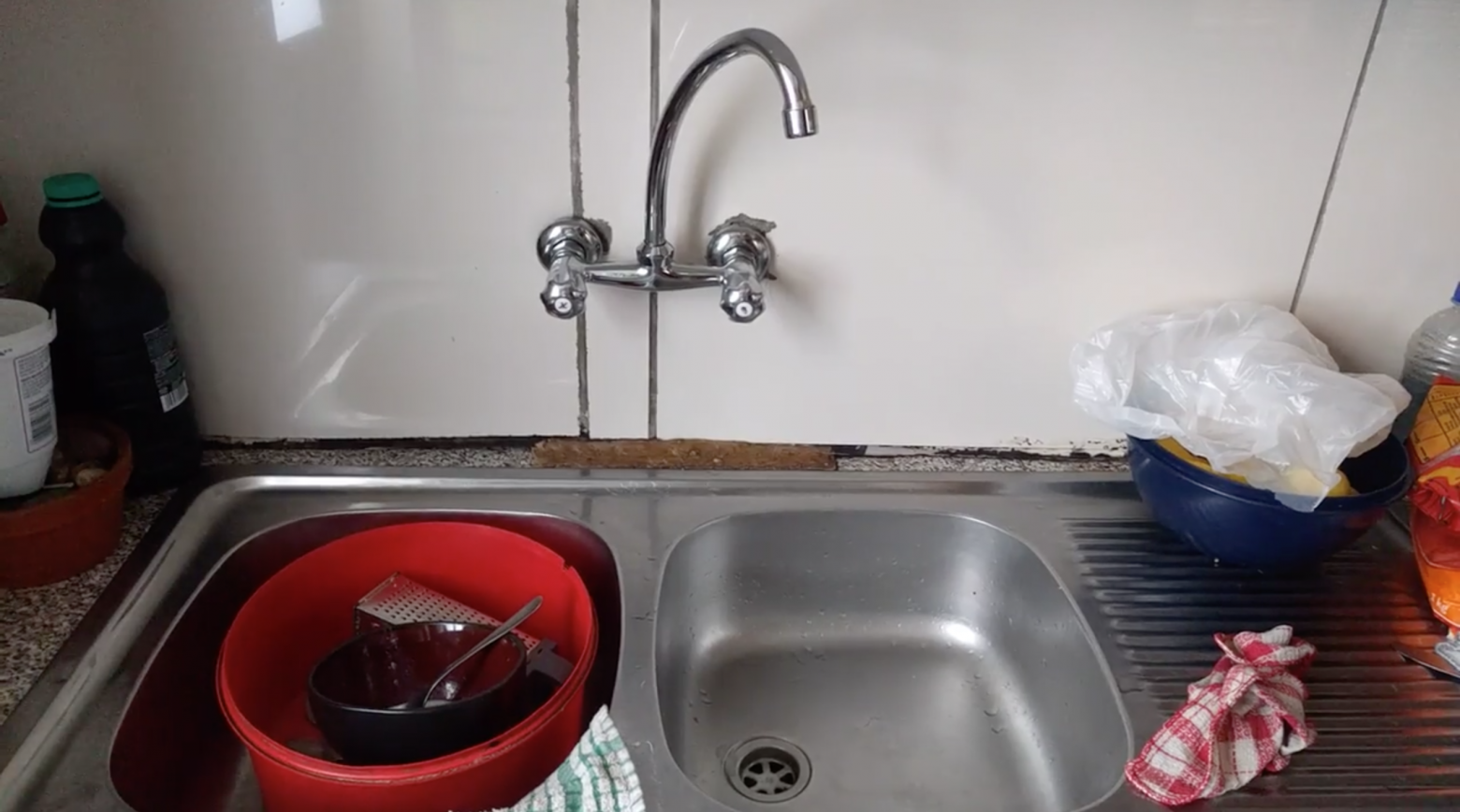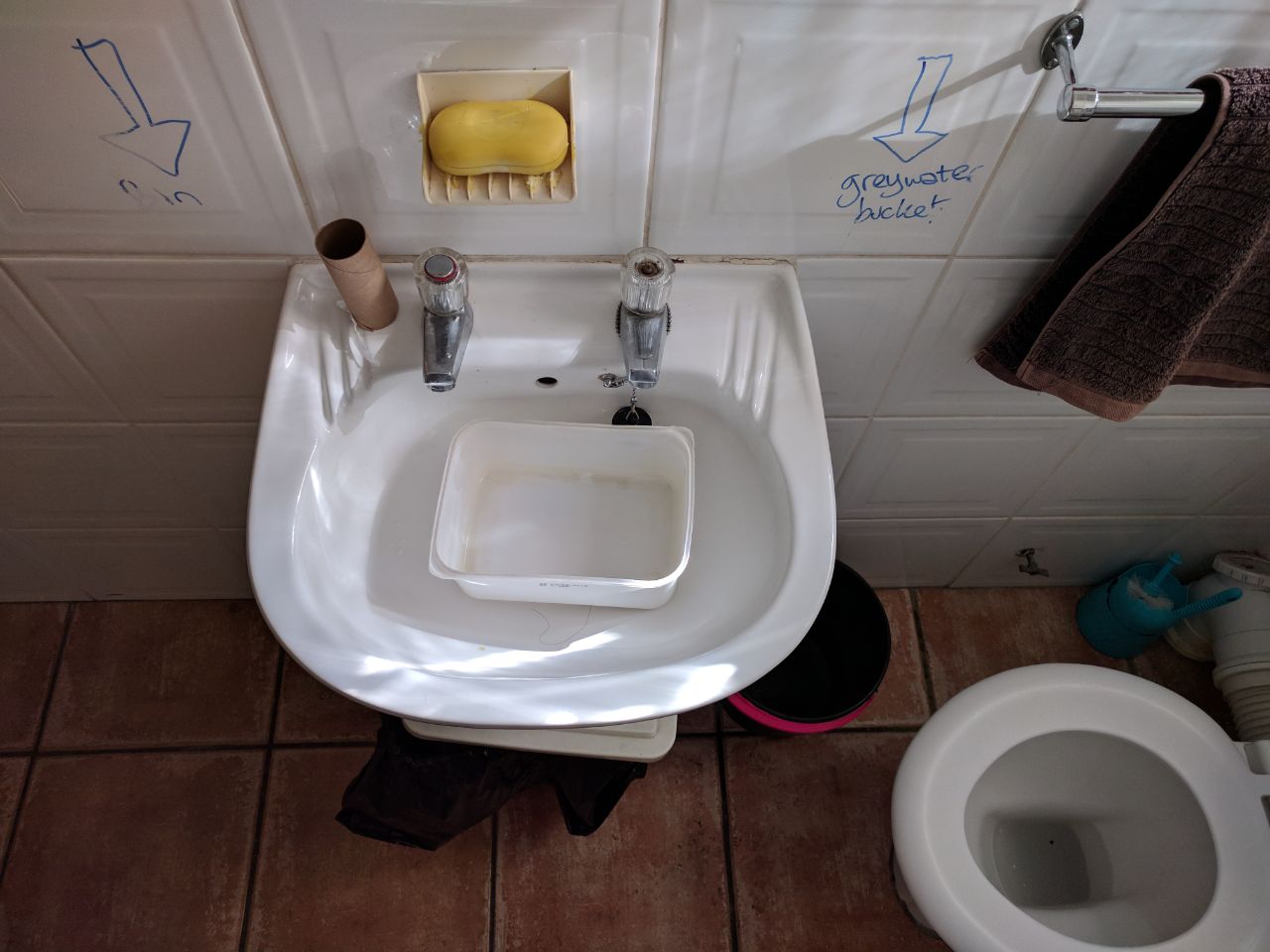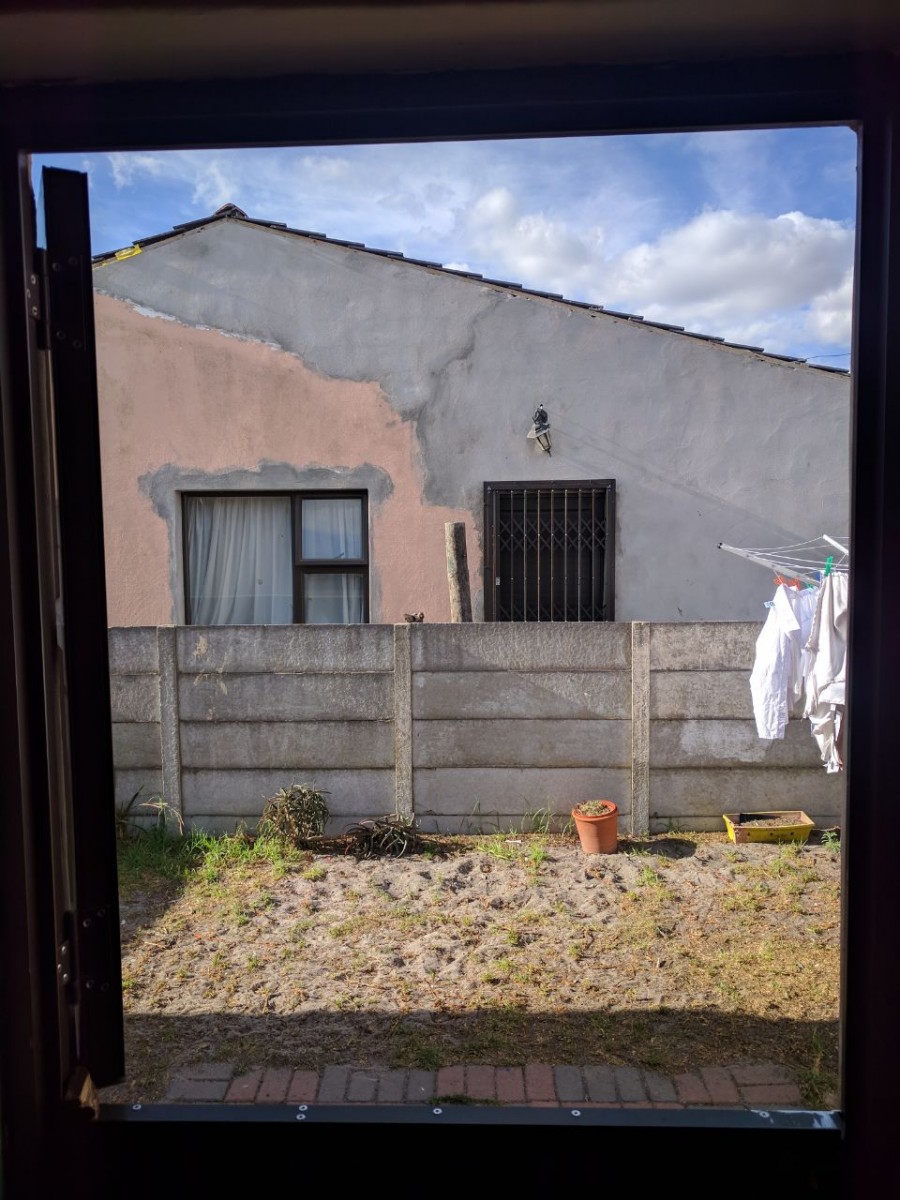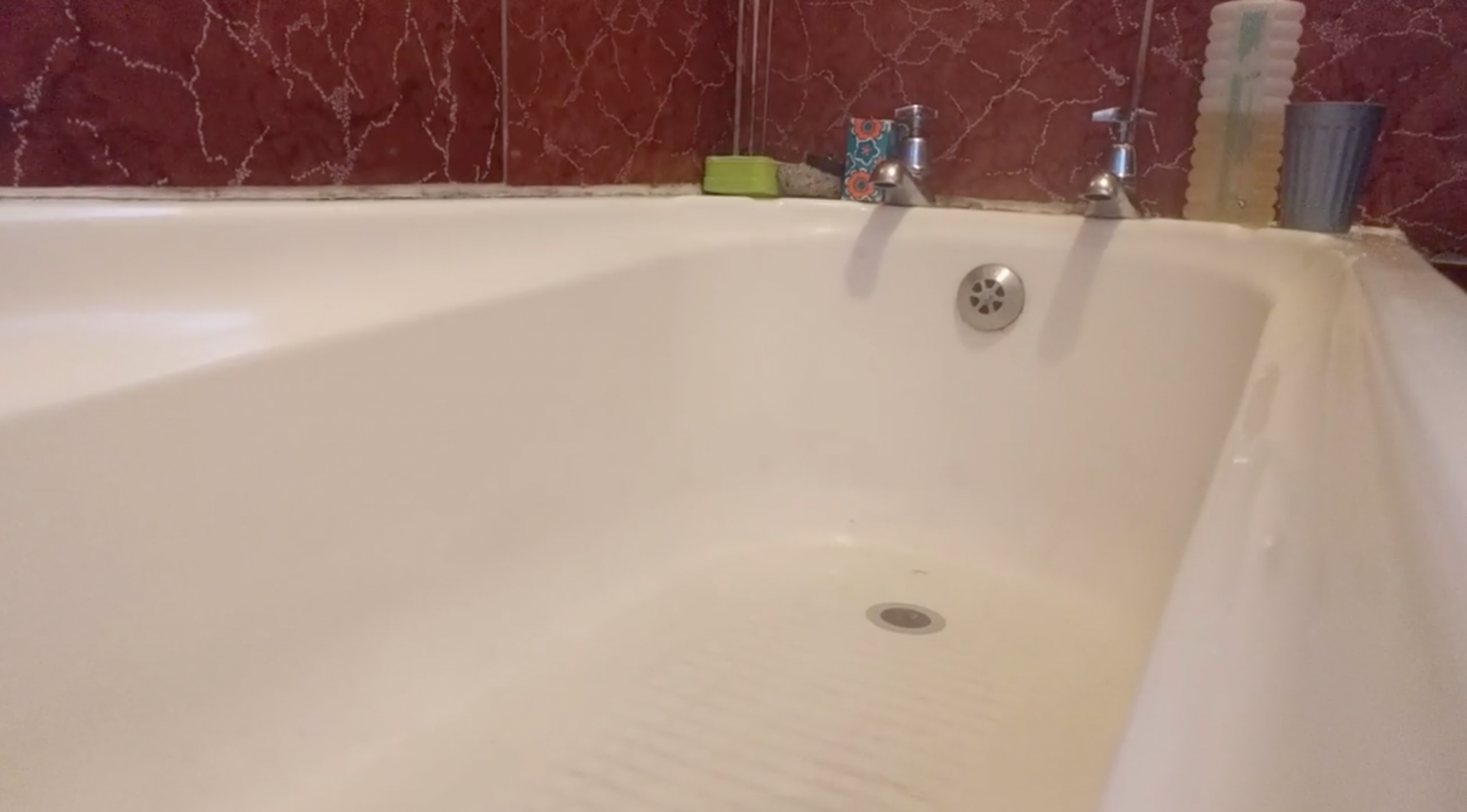
Tap water must be boiled before it is safe to drink. (Madeleine Pye/The George Washington University)

Tap water must be boiled before it is safe to drink. (Madeleine Pye/The George Washington University)
Amanzi. This is the isiXhosa word that would prove to be one of the most crucial and problematic topics of my study abroad experience in South Africa. My host family in Langa township taught me that amanzi means water. The following details my water conservation journey during the Cape Town water crisis of 2018 as a study abroad student.
With the news of Day Zero breaking just weeks before I was set to board a plane to live in Cape Town for four months, I panicked and bought an excessive amount of hand sanitizer, body wipes, and a new reusable water bottle. Day Zero was set to occur during my program, meaning that all of the taps in the city would be turned off in mid-April, and Capetonians (roughly 4 million people) would have to fetch their government mandated 10L per day per person from one of 200 water distribution stations across town.
As I stepped off the plane on January 26th, the first signs of the crisis confronted me right away in the South African border control line. A poster covered the main wall from floor to ceiling; it urged with optimism that tourists can easily conserve water to avoid the dreaded Day Zero to help residents. This was just the beginning.
Conservation, it turned out, was actually incredibly simple once I learned to break habits and forge new ones. In the bathroom of our study abroad office, tips and tricks on how to best utilize our 50L per day allowance covered the wall tiles. I quickly picked up the phrase, “If it’s yellow, let it mellow,” meaning that we should only flush the toilet when it was more than our own urine. To take the conservation even further, we were urged to throw away all ‘yellow’ toilet paper into the covered trash can. The logic behind this being: the less toilet paper that goes through the pipes, the less water that will have to be used to flush away any clogs.
Our sink system was innovative too—when washing our hands, the soapy water was collected into a bucket that was eventually poured into the toilet tank to flush. With every bathroom use, the more I thought about how potable water is severely overused. Why flush down human waste with water that could quench a person’s thirst?

Perhaps the most eye-opening experience into the effects of the drought were observed when I moved into my homestay in Langa, Cape Town’s oldest township. Townships were created under housing discrimination laws, particularly during apartheid, to segregate “non-white” South Africans into their own communities after being forcibly removed from their homes. These newly created townships did not have equal access to many public services, such as adequate sanitation and education; many of these racialized disparities continue on today. I saw in Langa how the water crisis crept into more than going to the toilet, but into access to potable water, washing dishes, and bathing. As the dam levels decreased, so did the water quality provided to the majority of residents. My family had to boil all water before they drank it.

This extended even further to bathing and cleaning the dishes. To save money and water, my family had to turn off their hot water taps. This meant boiling 2-3 kettles for each bath and 1 kettle (1.5L) to sanitize dishes in a single bucket placed in the sink for a family of 6.
My first experience bathing was a panicked mess. As I poured the boiling kettles into the bath tub, the first thing I noticed was the slightly yellow color of the water. The second was how burning hot it was! I clearly had to add cold water, but if I added too much I’d be in a cold tub with wasted hot water. As the week progressed, I became an expert on how to wash my hair and body with the roughly 1.5-inch bath water using buckets and washcloths to help.

As I considered my own experience with concerned texts from friends at home to ask me if I am dehydrated flooded in, and the complaints of my fellow abroad classmates on having shorter showers dominated conversations, what became apparent is that my fellow tourists’ and I have the ultimate responsibility to conserve as best we can, no matter what.
This water is not ours—it should be reaching the outskirts of Cape Town’s townships up to the tip of Table Mountain. We, as visitors, have the option to depart if Day Zero hits. The residents here don’t. The water conservation methods in bathing, washing dishes, and going to the toilet have opened my naïve American eyes to 1) how wasteful my own water practices are in the States and 2) how simple it is to save potable water by adjusting daily habits and giving up certain excessive comforts.
So far, Day Zero has been pushed back into June. Continued, if not increased, water conservation efforts are the only way residents and tourists can take pushing back Day Zero into their own hands. A drop in the ocean really does make all the difference in this case when everyone works together. While it is a multi-faceted crisis with a layer of issues impacting its effects, hopefully Day Zero can be pushed back into the rainy season or eliminated altogether.
I would like to dedicate this piece to my generous host family and to all Capetonians conserving humanity’s most sacred resource, amanzi. Enkosi (thank you) Cape Town for sharing yourself and your water with me for four months.